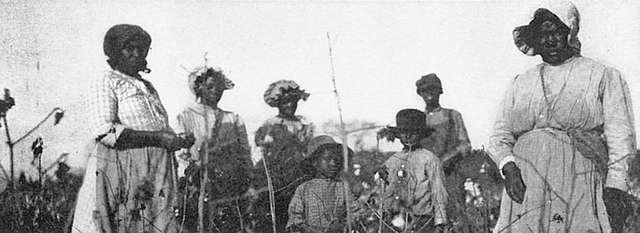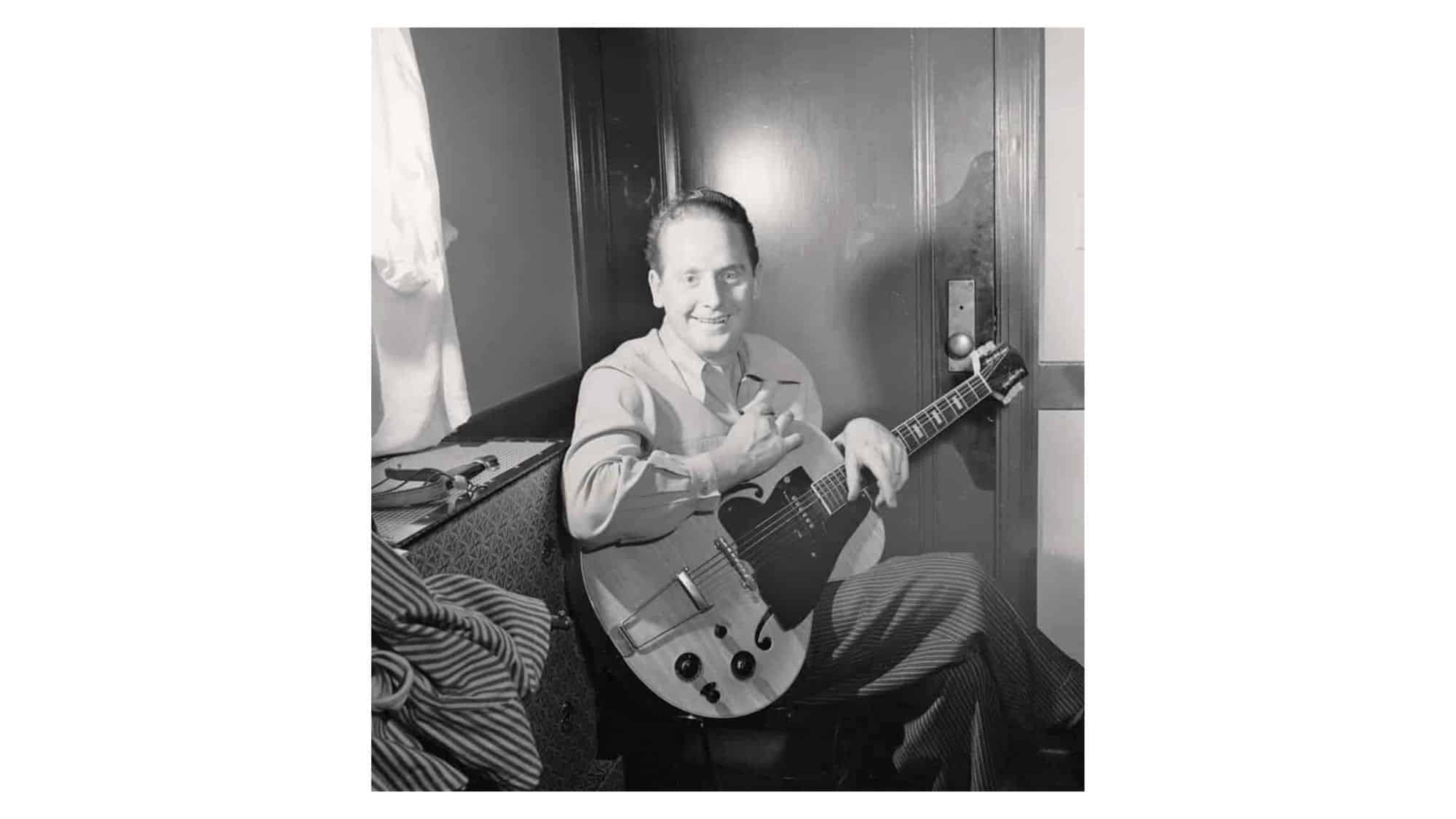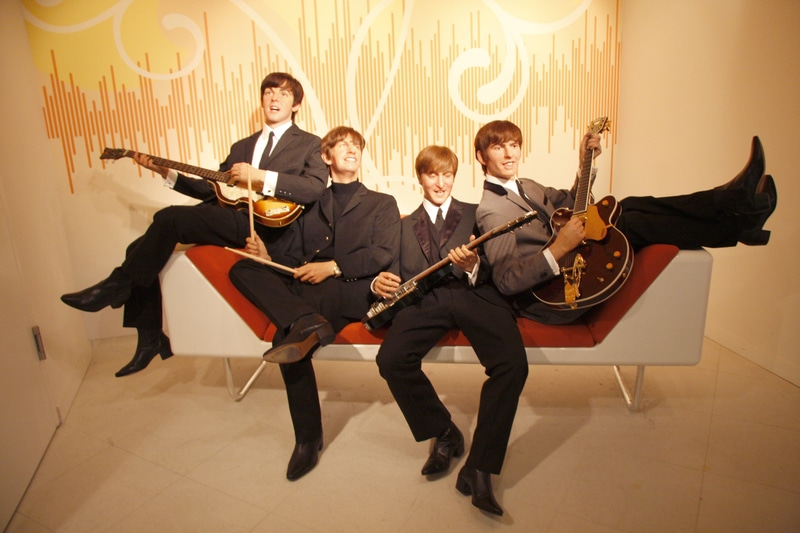
With the word rock certain bands and artists come straight to mind such as Queen, Led Zeppelin, Rolling Stones, or Metallica, but how are they connected and where does the world of Rock originate from?
From where we view history in 2022, the origins of many genres of music seem a great distance away from us, almost to the point of creating an inability to directly connect with it.
History Of Rock Music
Rock music can feel a little like this too if we are to trace back through musical history, we discover that Rock as we currently enjoy it stems from The Blues.
I’d dare to stretch this one step further and claim that nearly every genre of popular music available today heralds The Blues.
It is as a result of a long and troubled history that the blues evolved. Slavery in the USA and elsewhere was common in the middle part of the 19th century. The living and working conditions of these enslaved people were unimaginably awful.
One of the few means of expression that had available to them as African-American slaves were their voices. Under a blisteringly hot sun, toiling for endless hours they sang songs to motivate, console or express any number of suppressed feelings.
Eventually, Blues artists began to emerge from this oppressed life and were able, remarkably, to make recordings. The music of the African-Americans filtered into the culture of the white majority where it gained favour and was eventually pushed onto radio stations in the USA.
From here Blues artists became increasingly popular and even accepted into the dominant white culture. This sadly was a hard-won battle.
From the Blues came Jazz which evolved throughout the early part of the 20th century and continues, like the Blues, to be a popular genre of music today. Perhaps more important to this article is that the Blues gave rise to a teenage phenomenon; Rock ‘n’ Roll.
For many people, this is where popular music including Rock, truly began. Until this cultural revolution in the early part of the 1950s, popular music culture did not exist; at least not on a scale that was about to.
Rock ‘n’ Roll as characterised by artists such as Elvis Presley, Buddy Holly, Little Richard and Bill Haley and The Comets (to name but a few), took a hold of the USA and the UK in a way no other music ever had.
In particular, it focused its attention on the teenage population, giving them a unique opportunity to break free from the likes and dislikes of their parents and claim music and fashion of their own.
Rock ‘n’ Roll took the structure of the Blues, sped up the tempo and turned the lyrics towards love and rebellion.
With the accompanying promotion of the genre through dedicated radio stations, ever cheaper vinyl recordings including singles, and even television, Rock ‘n’ Roll kick-started just about every popular music genre that followed.
What followed hot on the heels of the 1950s was Rock. The former genre was moved to one side in favour of the new sound, and new fashion. The rock but not the roll.
Technology was developing quickly after the disaster and destruction brought on by The Second World War.
Not only were recording techniques progressing and the quality of microphones ever improving, but electric guitars and amplifiers were being designed and built by geniuses like Les Paul.
Les Paul almost single-handedly invented the electric guitar and advertently paved the way for the advent of Rock music.
Rock, in all its forms, could not exist, or at least certainly wouldn’t sound like the Rock we know and love today, without the electric guitar. Can you imagine bands like Deep Purple, Cream or ACDC playing without electric guitars?
As we enter the 1960s the Les Paul and Fender Stratocaster guitars dominate the genre. Amplifiers made by Fender and Marshal begin to offer performers the possibility to produce an increasingly adventurous array of new sounds with volumes that can fill a stadium.
This leads to the familiar band lineup of electric guitars (lead and rhythm), electric bass, vocals and drums, sometimes supplemented with the grit of a B3 Hammond Organ. This represents a huge departure from the humble forces familiarly used in the Blues.
Not only do we discover these changes with the advent of Rock, but also the prevalence of a square, four-four drum pattern that moved away from the compound swing of the Blues.
The well-established twelve-bar structure that featured in both blues and Rock ‘n’ Roll, dissolves to be replaced with a verse-chorus format that has become the staple for many popular songs.
It is, lest we forget, that in the 1960s that super-bands such as The Rolling Stones and The Beatles cut their teeth and reinforced the youth culture that began a decade before.
Artists like Jimi Hendrix and The Doors were closely associated with a branch of rock that can be known as Psychedelic Rock, due to its close links with the drug culture. The lyric content of this music often makes these references too.
Groups like The Beach Boys, The Shadows and the Ventures made many hits under the genre of Surf Rock. Towards the end of the decade came groups like Genesis, The Moody Blues and King Crimson who pioneered a type of rock called Progressive Rock.
This style of rock took its inspiration from classical music presenting pieces that used complex harmonies, rhythms and structures together with extended songs that blended into concept albums.
By the 1970s Rock was getting darker and heavier too. Hard Rock and Heavy Metal proved to be highly popular genres.
Bands such as Led Zeppelin, Iron Maiden, Saxon and Black Sabbath took rock in a completely new direction that featured lengthy, technically challenging guitar solos, distorted guitars, operatic vocals, and often an ear-shattering sound.
As the 70s ducked out and the 80s sprang up, Punk emerged as a sub-culture of rock. Punk was anti-establishment and characterised by angst-driven, often rude lyrics, loud drums and guitars.
It was raw music meant to provoke. Rock throughout the 80s moved into ever-larger venues, developing into stadium rock with bands like Bon Jovi, White Snake, Boston and Guns and Roses.
With artists such as Nirvana, The Stone Temple Pilots, Pearl Jam and Soundgarden enter the world of grunge. This sound of the 90s took the rock world by storm offering a fusion of punk and heavy rock it created a compelling new genre.
Alongside grunge came the likes of Death Metal, Power Metal and even Doom Metal as we push towards the 2000s. Each genre has its roots firmly in the soil of early rock and blues.
Today rock in its many forms is alive and kicking with exciting bands such as 30 Seconds to Mars, Creeper, Tax The Heat, Rival Sons and many others besides.



